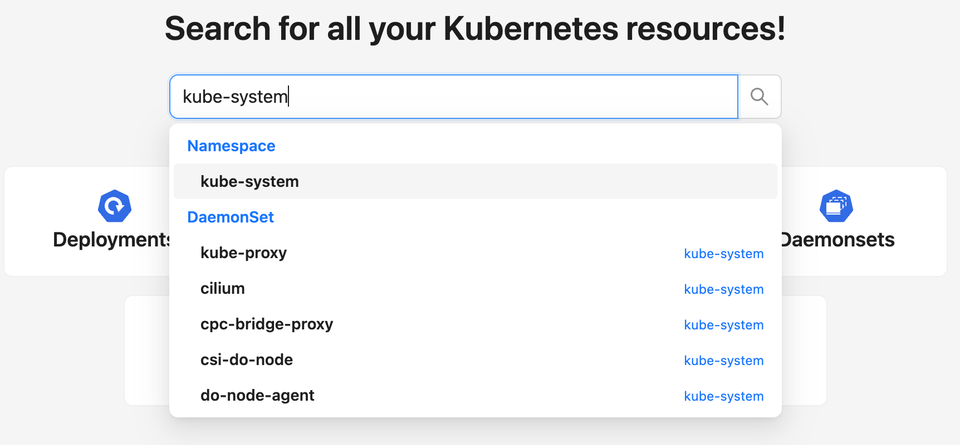Early preview of a new Kubernetes UI

Hey Codereliant friends!
Our team was busy creating the new AI-powered Kubernetes UI project, born from our experience managing 5,000 node clusters. Introducing Kubeintel!
TLDR;
🚀 Try the live demo (no registration required): https://demo.kubeintel.io/search
🔗 Learn more: https://kubeintel.io/
🔔 Join the waitlist: https://kubeintel.io/waitlist
🎥 Video introduction:
Many current Kubernetes UIs struggle with large clusters due to:
- Poor scalability: Not designed for 1000+ node clusters, leading to performance issues for both control plane and client-side operations. Issues include inefficient querying, excessive data fetching, lack of caching, and high API server load.
- Limited search capabilities: Requiring precise knowledge (e.g., namespace or deployment name) or resorting to slow and heavy cluster-wide queries (
kubectl get pods -Asound familiar?). - The lack of AI-powered troubleshooting tools creates substantial additional work for infrastructure, platform, & dev teams.
Consequently, many teams fall back to using terminals for cluster and workload navigation. We began developing Kubeintel a few months ago to address these challenges.
Key features:
- Lightning-fast UI and resource search - scaling seamlessly from 10 to 5000+ node clusters
- Intelligent full-text search - typo-tolerant for effortless resource discovery
- Near-zero control plane overhead - utilizing an internal embedded database instead of constant K8s API queries
- AI-powered insights and troubleshooting - leveraging popular LLMs (OpenAI, Anthropic, Gemini, Ollama) to diagnose resource issues, such as pod crashes.
This is an early preview, and we want to hear from you. We'd love your feedback:
- What specific pain points in your K8s workflow would you like addressed?
- How does Kubeintel compare to your current cluster navigation tools?
- What features would you like to see added?

Member discussion